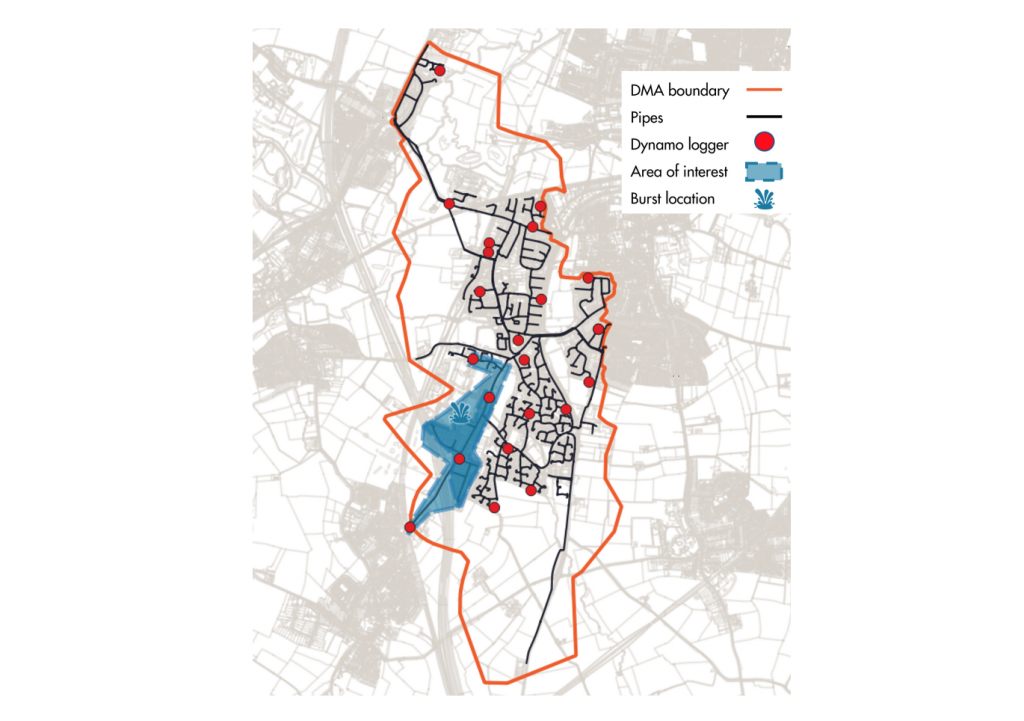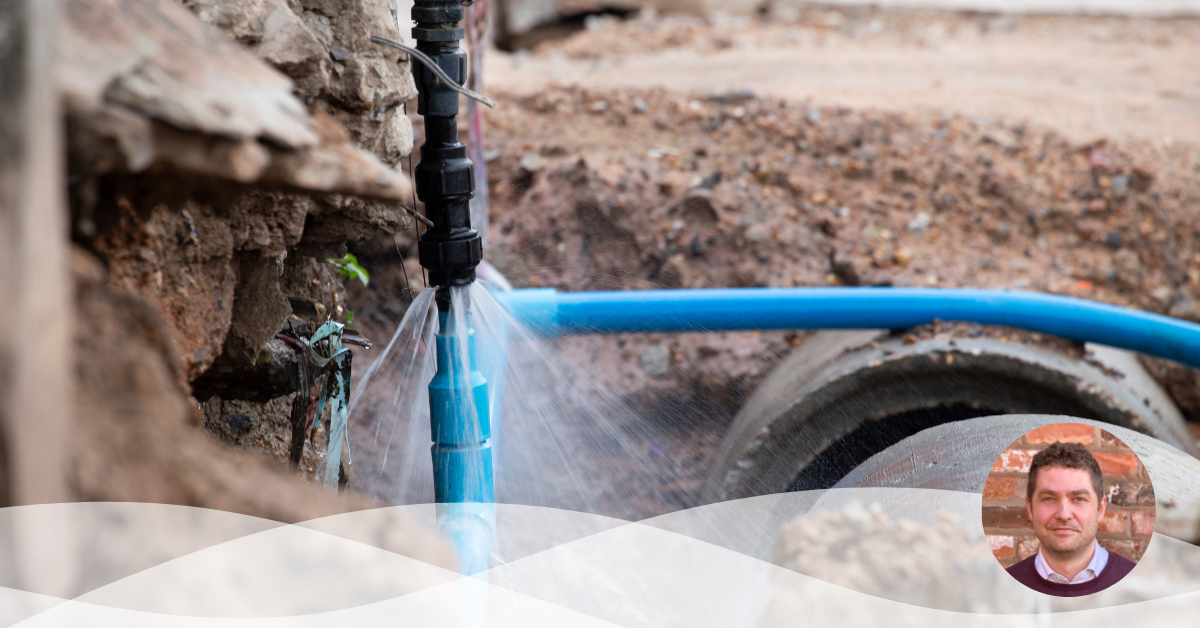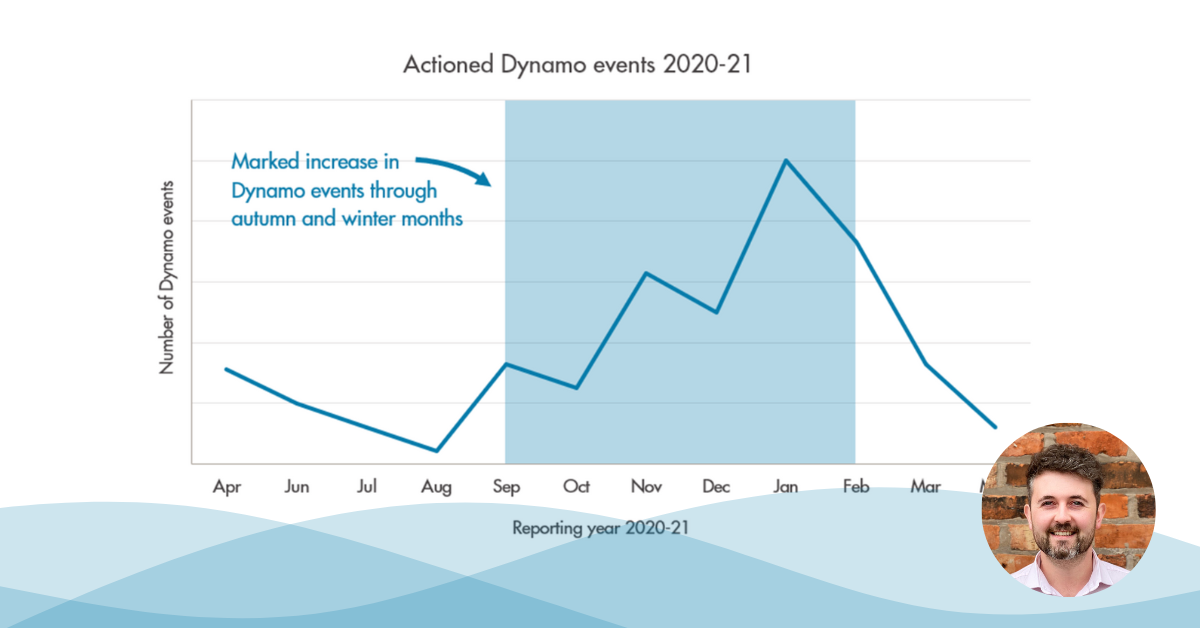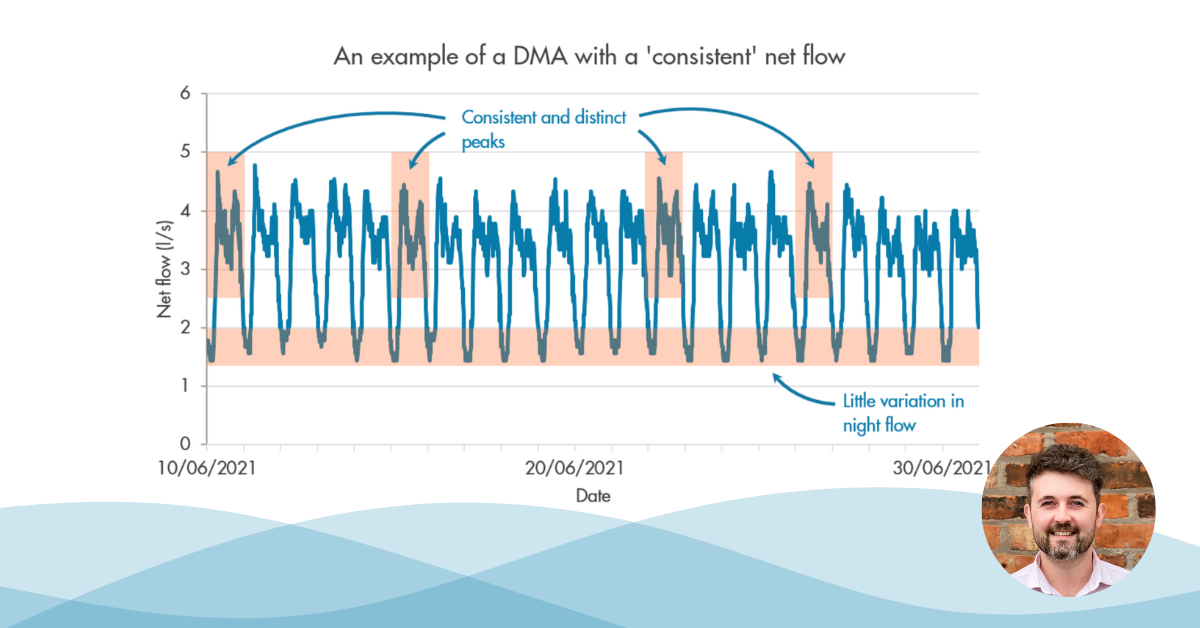Over the past two years, we have been working with Severn Trent Water (STW) to implement Dynamo across their network. This summer, we completed the scheduled deployment of 6000 permanent loggers that measure pressure constantly, helping to build a ‘smart network’ that can detect anomalous data. When analysed, this data can localise bursts as well as changes in demand, which could cause strain on the network and lead to leakage. The loggers have been deployed in over 500 District Metered Areas (DMAs) across five counties, and we have been working closely with the local leakage teams on a daily basis; sharing areas of interest in order to cut leakage detection time, as well as helping to tackle the AMP7 leakage target of reducing reported leakage by 15% over the next five years.
As part of the Dynamo project, we have been using the ESRI ArcGIS Collector app to communicate areas of interest within DMAs to the teams in the field. We manage a daily upload of Dynamo data that maps out all logger sites within the STW network, highlighting any areas where anomalies have occurred; this has given us the ability to provide spatial data to water network technicians that is easy to understand, as well as being readily available when out in the field.
This case study demonstrates how we used several techniques including the ESRI ArcGIS Collector app and our own analysis to localise a burst in a large DMA.
Case Study
Following a flow alarm in a DMA that had seen an increase in Minimum Night Flow (MNF) of 22m³/hr, our automated system identified a localised area of interest in the DMA for investigation, as shown in Figure 1.
Figure 1: Leak localisation in the DMA dramatically reduced the search area
Initial sounding of the area found no likely burst locations and the local leakage team asked us to review the analysis of the areas and confirm the area of interest before they moved on to plan step testing for the whole team.
A manual review of the analysis found it to be correct and we had a high confidence in the area of interest. As this area had already been sounded with no results, the technician conducted a step test within the portion of the network highlighted. This resulted in a burst being detected on the property of a large customer, which was located in the centre of the area of interest we had identified.
Benefits
By utilising the Dynamo loggers and analysing the pressure data within the DMA, this particular burst was detected within 9 days of the flow alarm, with some of this time being taken up by scheduling night work for the step test. Without the aid of the area of interest provided, it is estimated that the technician would have had to spend 4 additional nights conducting step tests around the entire DMA, which would have left the burst undetected for over a week. Given the size of the burst, reducing the detection time by a week has saved approximately 4,000m³ of water. In addition to the volume of water saved, it was also found that the customer’s logger was faulty and had been recording a continuous flow, which is why it was ignored during the original survey.
We continue to work closely with Severn Trent Water on the Dynamo project and have found that the leakage teams’ confidence in the solution is increasing week on week. The solution will continue to assist in localising bursts and reducing time to find significantly. This is already demonstrating a significant reduction in hours spent on leakage detection, which we expect will create additional capacity in the leakage teams as we move into the winter months, where the high volume of bursts make cutting time to find extremely important.




